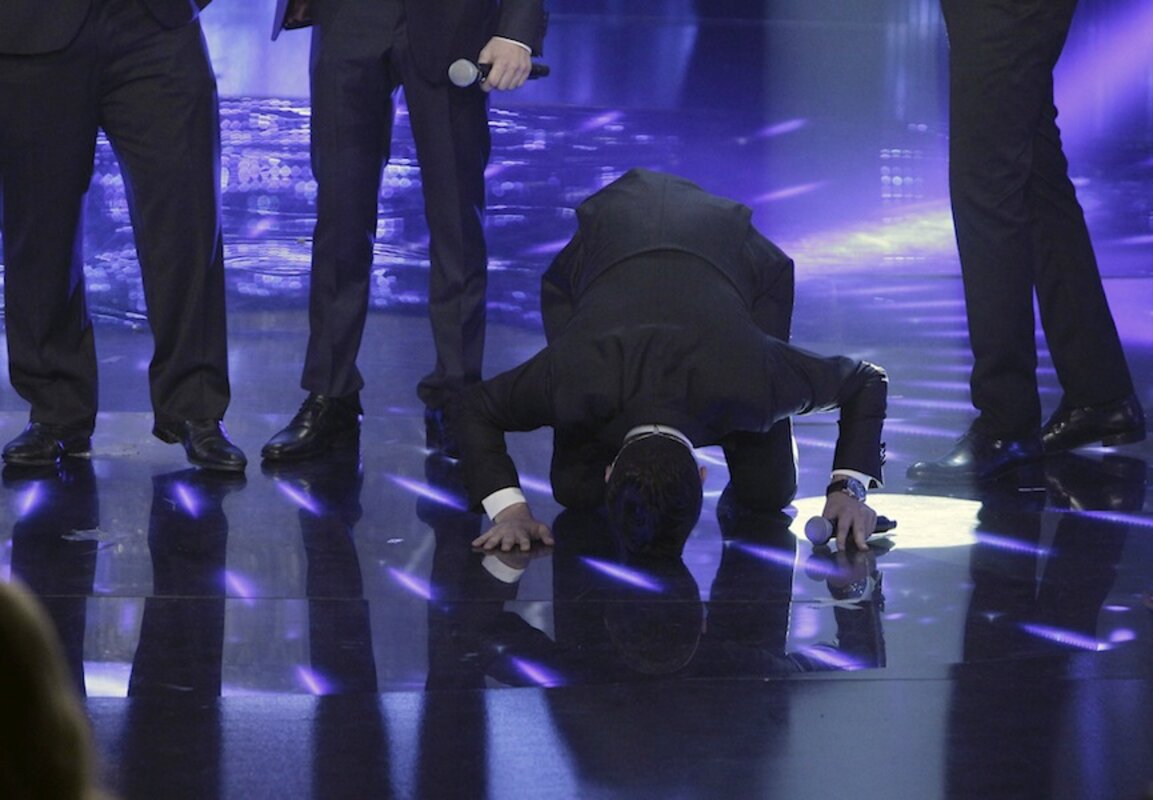A Middle East ripe for vision
Loading...
The Middle East has long produced more than its fair share of prophets, or people offering visions for the future. “Where there is no vision, the people perish,” states the book of Proverbs. Perhaps the region is now ripe again for present-day prophesy. Consider these trends:
The advance of Islamic State (IS) militants has been stalled, in part because of a rare coalition of Arab states and better Shiite-Sunni cooperation in Iraq. Israel is on the verge of an election that may push it toward stronger peace efforts. Iran, which is in the final stages of talks with the West, could switch to become a peacemaker rather than a troublemaker.
This region of 350 million people also has more models to emulate: Tunisia for democracy, Lebanon for interfaith accommodation, the United Arab Emirates for modernization, Turkey for shedding military rule. With oil prices likely to stay low, petroleum giants such as Saudi Arabia must reform to keep their youth from rebellion.
Al Jazeera satellite TV and the Internet have helped Arabs, Turks, and Iranians to expect more of their leaders, despite setback since the 2011 Arab Spring. In the Gulf states, far more women than men are university graduates. Region-wide, women account for about a quarter of new start-ups. And with a per capita income higher than in China or India, the Middle East now has a solid middle class.
The region, in other words, should not be written off or abandoned despite a media focus on war (Syria), oppression (Egypt), and terror (IS). In fact, more people should rise above the smoke of battle to see the big picture and demand a vision for the entire Middle East. As management guru Peter Drucker once said, “The best way to predict the future is to create it.”
Where are such people? The United States, for one, is looking for them.
“There is a need throughout the Middle East to change course and begin moving in the direction of common ground,” said US Undersecretary of State for Political Affairs Wendy Sherman in a September speech. “Some observers will argue that any vision of intercultural and interreligious cooperation in the Middle East is an illusion. We reject that, because the real illusion is to believe that lasting stability without compromise is possible.”
“The United States casts its lot with the problem solvers, the healers, and the builders,” she adds.
In a speech last month, Secretary of State John Kerry said, “We will only win the fight against violent extremism in the Middle East if we have a clear vision of what the future of that region should look like.”
With more people in the Middle East searching for a better way, Mr. Kerry said, “they are determined not to be prisoners of the past, but to shape the history to come.” The building blocks for them are a more vibrant civil society, expansion of social media, greater demands for accountability, and better empowerment of women.
One of the region’s prestigious publications, MEED, has asked its readers for some foresight and to identify the “key trends that will shape the Middle East economy in 2030.” Perhaps today’s prophets are not singular leaders. They are the collective voice of people, expressed in media, democracy, the Internet, or other modern means.
The region, Kerry points out, has rich spiritual and cultural traditions to draw on to reform governance and create opportunity. “Change must develop from inside,” he said.
The prophets of today’s Middle East may well be within.




